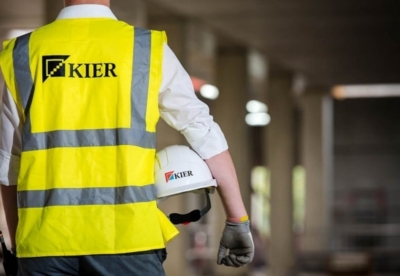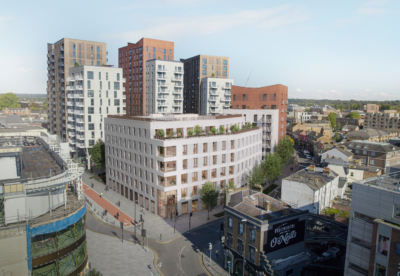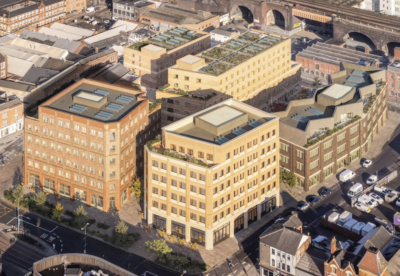It is now recommending that staff are kept two metres apart “as much as possible”.
The full guidance states: “Construction work plays an important role in ensuring public safety and the provision of public services. It can continue if done in accordance with the social distancing guidelines wherever possible.
“Where it is not possible to follow the social distancing guidelines in full in relation to a particular activity, you should consider whether that activity needs to continue for the site to continue to operate, and, if so, take all the mitigating actions possible to reduce the risk of transmission.
“If you decide the work should go ahead, you should advise staff to wash their hands frequently using soap and water for 20 seconds, and especially after blowing their nose, sneezing or coughing, on arrival at work, before and after eating, after using public transport, and when they arrive home.
“Where facilities to wash hands are not available, hand sanitiser should be used.
“You should still advise staff to keep 2 metres apart as much as possible.
“You should plan work to minimise contact between workers and avoid skin-to-skin and face-to-face contact. Where face-to-face contact is essential, this should be kept to 15 minutes or less wherever possible.
“As much as possible, keep groups of workers working together in teams that are as small as possible (cohorting). For example, you keep vehicle crews working together, rather than mixing crew members on different shifts.
“Staff should also wash their hands each time before getting into enclosed machinery (such as diggers) with others, and wash their hands every time they get out. To help with this, you should consider adding additional pop-up handwashing stations or facilities, providing soap, water and/or hand sanitiser.
“Employees should keep the windows of enclosed machinery or enclosed spaces open for ventilation and be careful to avoid touching their face at all times. The inside of cabs should be regularly cleaned, particularly between use by different operators.
“You should try to use stairs in preference to lifts or hoists. Where lifts or hoists must be used, you should lower their capacity to reduce congestion and contact at all times, and regularly clean touchpoints, such as doors and buttons.
“To protect your staff, you should remind colleagues daily to only come into work if they are well and no one in their household is self-isolating.”
The situation is different in Scotland where the government wants to see all non-essential sites shut.
For the latest UK social distancing guidance click here.















.gif)
























.png)
















